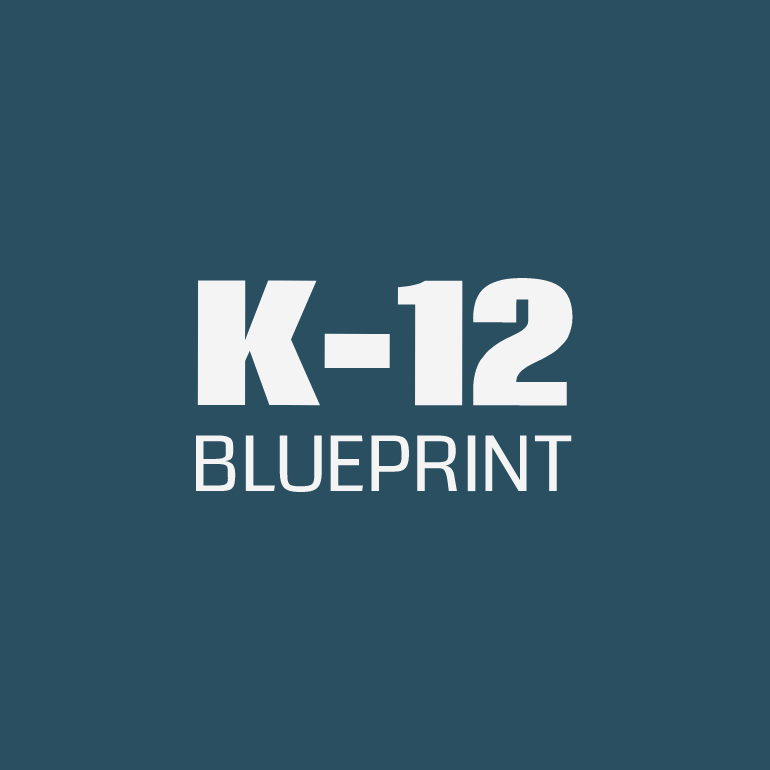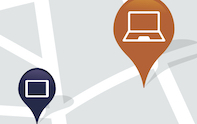Chromebook Usage in the Classroom

With their affordability and flexibility, Chromebooks have caused a sensation in today's schools. But are they being utilized to their full potential: truly serving student needs?
G Suite for Education Dominates
GoGuardian has released its 2018 Benchmark Report analyzing the aggregate usage of 5 million K-12 students across the country, both inside and outside of the classroom.
The organization studied student activity across grade levels and subject areas based on Chromebook usage in the fall of 2016 and the fall of 2017.
GoGuardian broke down student device usage into three overarching categories:
- G Suite for Education - accounting for 68.5% of total time spent by students on the top 100 sites.
- Publishers and Learning Systems - accounting for 11.3% of total time spent on the top 100 sites.
- Student-driven educational sites account for 20.2% of total time spent on the top 100 sites.
Download GoGuardian’s 2018 Benchmark Report for an inside look into organic student engagement and browsing patterns on Chromebooks.
Chromebook Crisis?
In response to the lack of "creativity" sites listen in the report, STEM Teacher Andy Losik launched the Chromebook Creativity Project: compiling links to sites that Chromebook-using learners can use to demonstrate learning in visual ways beyond the traditional typed document. All of these sites are free and with limited or no ads. Meanwhile, author, speaker and Google Certified Innovator Alice Keeler also examines how Chromebooks are being used in today’s classrooms.
Keeler cites that Chromebooks are often used for low-level tasks that demand little or no creativity. “Our students ABSOLUTELY need to be digitally literate,” Keeler writes. “So students should be [using] devices. But they also need to be digitally literate beyond playing a computer game and typing on a document.”
Keeler goes on to explain how students can learn to communicate their understanding of concepts through video editing, creating podcasts, incorporating social media, and moving beyond merely using Chromebooks as a substitute for paper tasks.
Content is King
Lastly, LearnPlatform.com released the EdTech Top 40, representing the digital tools accessed by the most people based on real-time data from education organizations across the United States utilizing G Suite. Content and Reference sites were tied for top categories at 27.5% each, followed by Operational uses (such as online grade books and parental communications), Assessment, Learning Management Systems and Social Networks.
A school’s investment in Chromebooks—not to mention students—should ultimately be spent on activities and resources that truly ignite curiosity and creativity. While there is much to be said for G Suite and YouTube, there are myriad other ways of using technology in meaningful ways.




